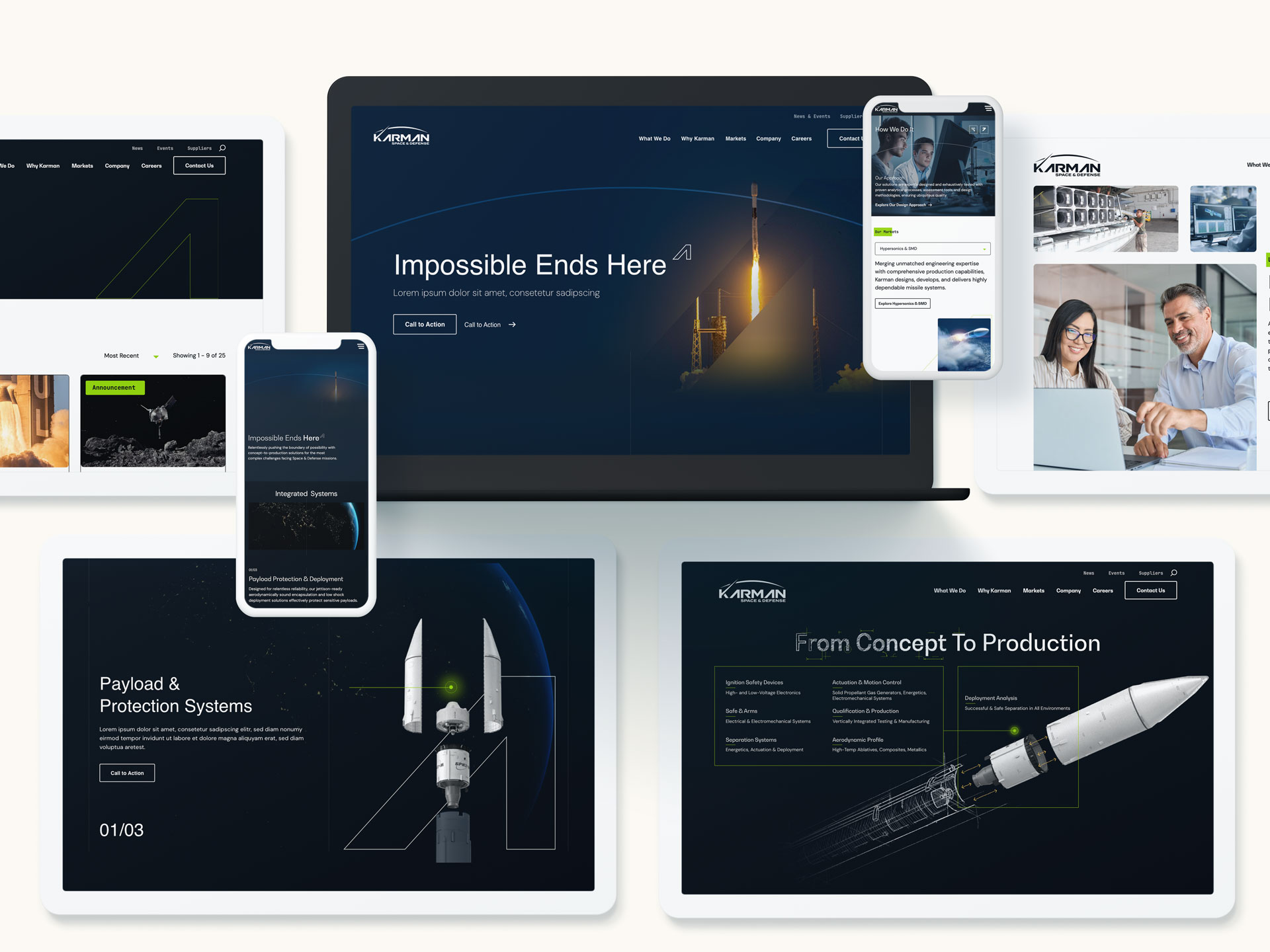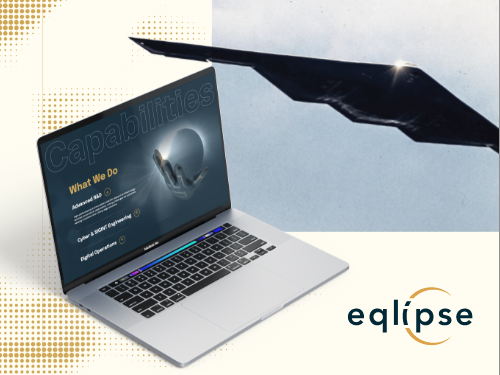In the ever-evolving world of web design, typography plays a pivotal role in creating visually engaging and effective user experiences. At Bluetext, we understand that choosing the right fonts is not just about aesthetics; it’s about making an impact. Whether you’re aiming to capture attention, convey a message, or create a memorable brand identity, typography is your silent but powerful ally. Let’s delve into the latest typography trends in web design that are shaping the digital landscape and how you can leverage them for maximum impact.
Trend 1: Variable Fonts
Variable fonts are a game-changer in modern web design. These fonts allow for multiple variations of a typeface, such as weight, width, and slant, within a single font file. This flexibility offers designers unparalleled creative freedom while improving website performance by reducing the number of font files needed.
Imagine a website where the header text seamlessly transitions from bold to thin as you scroll, or a landing page where the call-to-action dynamically adjusts its weight to draw attention. Variable fonts make these dynamic typographic experiences possible, enhancing user engagement and interaction.

Trend 2: Bold and Dramatic Typography
In a digital world saturated with content, bold and dramatic typography stands out. Large, impactful text can convey confidence and make a strong statement, whether used in headers, hero sections, or call-to-action buttons.
Consider using oversized typography for key messages or branding elements. This approach not only grabs attention but also communicates a sense of importance and urgency. Pairing bold fonts with minimalistic design elements can create a striking visual contrast that captivates users.
Trend 3: Serifs Making a Comeback
For years, sans-serif fonts have dominated web design due to their clean and modern appearance. However, serifs are making a comeback, bringing a touch of elegance and sophistication to digital interfaces.
Serifs can evoke a sense of tradition and reliability, making them ideal for industries like finance, law, and luxury goods. When paired with contemporary design elements, serif fonts can create a unique blend of classic and modern aesthetics, appealing to a broad audience.
Trend 4: Custom Fonts
Custom fonts are becoming increasingly popular as brands seek to differentiate themselves in a crowded market. A unique typeface can reinforce brand identity and ensure consistency across all digital platforms.
Investing in a custom font can set your brand apart and create a cohesive visual identity. Custom typography ensures that your brand voice is unmistakable and memorable, helping to build a stronger connection with your audience.

Trend 5: Mixing Fonts
The trend of mixing fonts involves combining different typefaces to create visual interest and hierarchy. This technique can enhance readability and guide users through your content more effectively.
When mixing fonts, it’s crucial to maintain a balance and ensure compatibility between typefaces. Combining a bold sans-serif for headers with a clean serif for body text can create a harmonious and engaging reading experience. Be mindful of contrast, scale, and proportion to achieve a polished look.
Conclusion
Typography is more than just selecting a font; it’s about creating a visual language that speaks to your audience. At Bluetext, we believe that understanding and leveraging the latest typography trends can transform your web design, making it more impactful and memorable. By embracing variable fonts, bold typography, the resurgence of serifs, custom typefaces, and the art of mixing fonts, you can craft a digital presence that not only stands out but also resonates with your users. Stay ahead of the curve and let your typography make a lasting impression. Contact us to learn more.


